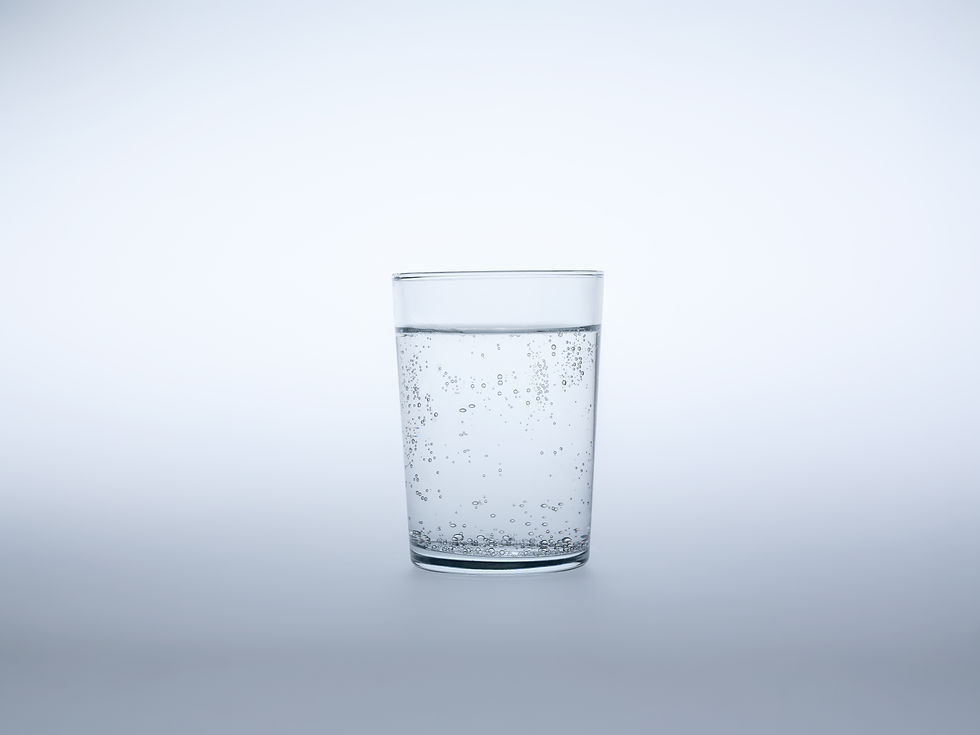Reducing harm due to alcohol: success story from Lithuania
- Lauri Beekmann
- Apr 16, 2021
- 2 min read
The WHO-recommended “best buys” for alcohol policy can easily help countries to reduce health harms related to alcohol consumption. But according to the new WHO/Europe report “Making the WHO European Region SAFER. Developments in alcohol control policies, 2010–2019”, not many Member States use these measures. Experience from Lithuania, Scotland and the Russian Federation shows how effective they can be when countries choose to implement them.
The WHO European Region has the highest level of alcohol consumption in the world. Here, alcohol use leads to almost 1 million deaths each year, or about 2500 deaths every day, and is associated with more than 200 diseases and injuries, including the leading causes of death such as cardiovascular diseases, injuries and cancers.
Best-buy policies: effective but underused
To reduce these harms, WHO/Europe has identified three best buys – affordable, feasible and cost-effective intervention strategies:
increase excise taxes on alcoholic beverages
enact and enforce bans or comprehensive restrictions on exposure to alcohol advertising
enact and enforce restrictions on the physical availability of retailed alcohol.
The new WHO report reveals that these measures are still vastly underused. “The available data from 51 countries of the Region suggest that alcohol has become more affordable as a whole because of Member States’ failure to adjust alcohol taxes for inflation,” said Dr Carina Ferreira-Borges, Acting Head of the WHO European Office for the Prevention and Control of Noncommunicable Diseases (NCD Office) and Programme Manager of Alcohol, Illicit Drugs and Prison Health at WHO/Europe.
“Yet, some countries of the Region have already implemented policies that can really make a difference in the context of reducing alcohol-attributable health harm. And we already see this difference and their success,” she added.
Lithuania: acting quickly and comprehensively
In the early 2000s, Lithuania was among the Member States with the highest per capita alcohol consumption levels. In response, the country’s authorities used the WHO best buys to create a competitive policy aimed at correcting this trend over a short period of time.
The first action package was implemented in 2008–2009 and 2014. It included restrictions on alcohol advertisement and a ban on alcohol sales in petrol stations and kiosks. The second package, introduced in 2016, increased the minimum legal drinking age, increased the price of alcoholic beverages and limited their retail sale time, and banned the advertisement of alcohol.
“Among further measures was a total ban of alcohol advertisement in the media, internet, billboards, etc., an increase of the minimum legal drinking age from 18 to 20 years, and a major increase in excise tax,” explained Dr Aurelijus Veryga, who defined the Lithuanian measures as Health Minister of the country in 2016–2020.
In 2010, Lithuania had the highest rate of alcohol-attributable years of life lost in the European Union. The implementation of effective alcohol control measures led to a 20% reduction of this rate by 2016.
Lowering alcohol consumption to benefit health, well-being and the economy
The latest WHO data reveal a significant decrease in the levels of per capita alcohol consumption in the WHO European Region – by 12.5%, from 11.2 litres in 2010 to 9.8 litres in 2016.
“However, these improvements were mainly determined by countries of the eastern part of the Region, many of which have introduced best-buy policies. It is time for the whole Region to learn this lesson that will greatly benefit people’s health, the economy and well-being,” concluded Dr Ferreira-Borges.
Source: WHO Europe
.png)



